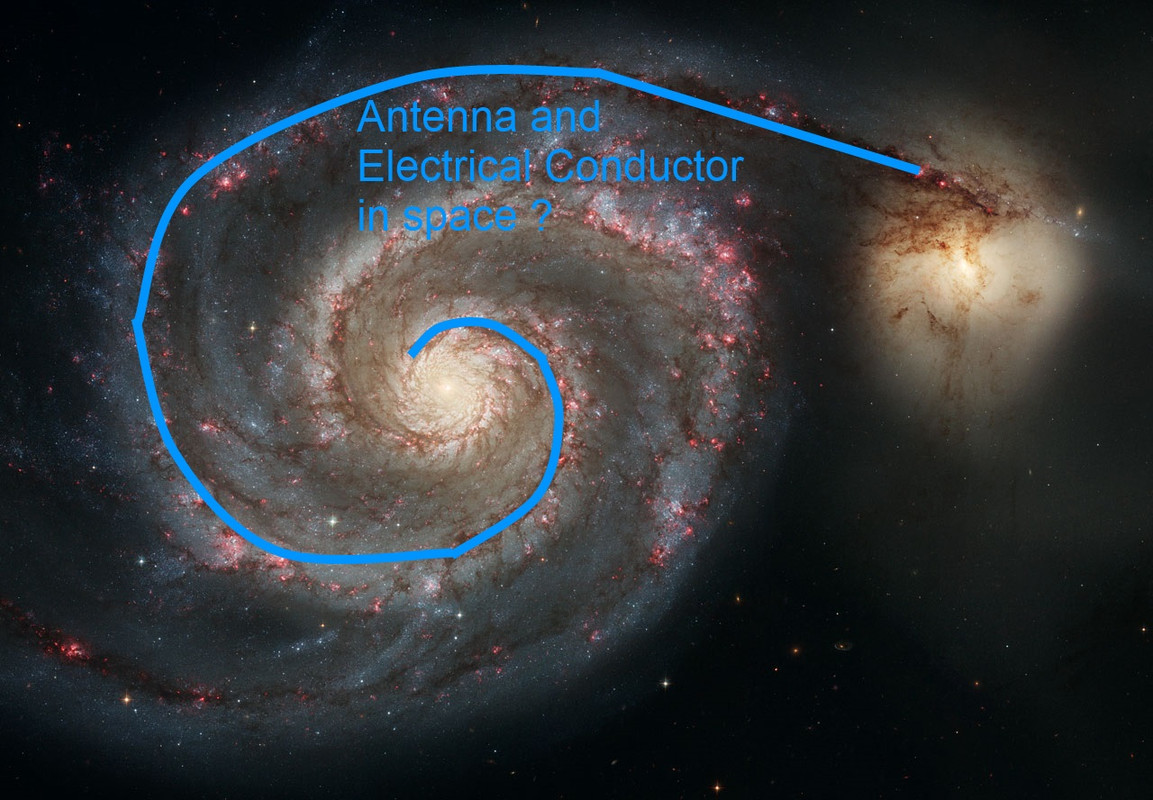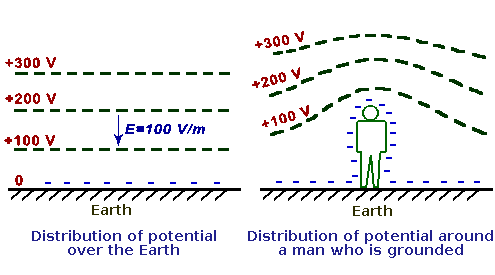Possibility of a sub-photon "shield" around celestial objects:
The sub-photon gravity concept suggests the possibility of a sub-photon "shield" around celestial bodies that partially reflects incoming sub-photons/gravitational particles. Current scientific knowledge suggests that earth's magnetosphere deflects atomic and subatomic particles but I am not aware of proposals that gravitational waves are being deflected also. The sub-photon concept suggests that our "magnetosphere" may be composed of rotating sub-photons which deflect gravitational waves (composed of sub-photons) and that overall gravitational forces may be higher in areas distant from large celestial bodies. An interesting experiment may be the comparison of gravitational forces in space satellites that are distant from a celestial body and compare to those on the surface of the earth.

Extremely low frequency electromagnetic wave voltage, current and power levels in space:
The galactic limbs and the "cosmic web" exist in space as filaments with traveling ions. This suggests that these filaments may serve as conductors for both electrons and ions. There exists a possibility that these "conductors" may serve as antennas for receiving and conducting extremely long wavelength / low frequency (gravitational or electromagnetic) waves from space and delivering this energy and matter to celestial objects. An accurate estimate of the voltages and currents that these cosmoogical "conductors" may carry is warranted. It may be possible to measure waves in space using antennas of several kilometers long and extrapolating the data to estimate the current and voltage carrying capability of celestial filaments.
Experiment suggestion: Satellite launched into space that includes 2 carefully weighted sub-satellites. Once the primary satellite is launched, the two sub-satellites are released from the central/main satellite into opposing directions and toward deep space, connected by a thin conductive wire connected to the central "main" satellite. The distance to the sub-satellites is gradually lengthened while spools of wire (either contained in the sub-satellites or main satellite) are unspooled, connecting the sub-satellites to the main satellite electrically. The conductive wire is made as thin, strong and conductive as possible. In the center of the wire is a current and voltage metering device with radio transmitter for reporting of results. The central measuring system between the dipoles needs to have the ability to vary the resistance in the center of the dipole for impedance matching. The length of the wire creates a dipole antenna. It may be possible to create an antenna as long as several kilometers or more using this system for wavelengths of similar distance. Depending on power levels generated, it could support or refute arguments in cosmology/astronomy about electricity and its role in powering celestial bodies such as suns and galactic centers. Comparisons can be made with "natural" currents and voltages that develop in large low frequency antennas on earth. This should be a fairly simple and cost-effective experiment which can easily be repeated if initial versions are not successful. Difficulties may arise if the antenna becomes misshapen while extending or resonances develop causing a spring effect. Multiple experiments need to be conducted with antennas that are aligned with the galactic plane and both parallel to the milky way galactic limb and perpendicular. Another experiment can be conducted with antennas that are aligned with the axis of the galactic planes. Comparisons can be made between readings along the plane of the solar system, the galactic plane, the nearby celestial objects, etc. The hypothesis is that the highest voltages and currents in general in a galaxy should be present along the galactic plane and in the direction of the galactic limbs. There are likely changes in the direction and power levels of currents in individual solar systems or near celestial objects compared to deep space. If the power levels generated in extremely low frequency antennas in space are high-enough, these could be used as alternative power sources instead of, or in conjunction with, solar panels. Depending on their orientation, these large antennas could provide propulsion through radiation pressure. Changing the length, conductivity, shape or orientation of the antennas may eventually prove a way to change the direction of the radiation pressure propulsion thus allowing the satellite or spacecraft to be "steered." Eventually, a deep space map of (extremely low) frequencies, polarizations, voltages and power levels can be produced after several satellite launches in different directions.

